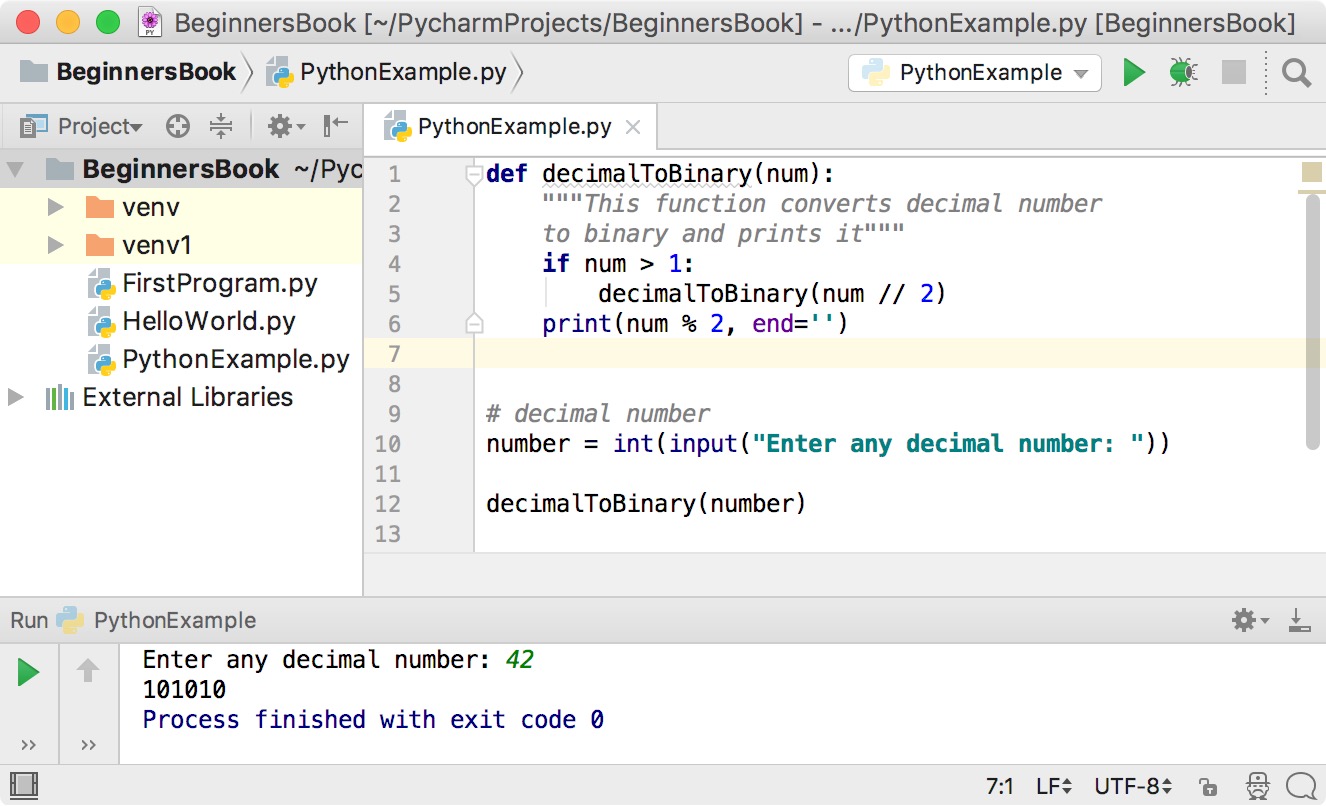

As a part of this tutorial, we'll explain various methods of mimetypes module to find out MIME type based on file URL and vice-versa. Python provides a module named mimetypes that provides a list of methods that has a mapping from file extensions to MIME type and vice-versa.

The MIME types provide the name which will be used to identify each file type.ĭevelopers many times do not know the MIME type of the file and need it to be determined by itself. All these data types are stored in files of different formats.

The emails earlier used to contain only text but it has started supporting attachment with data types like audio, video, XML, pdf, etc. The MIME type is a string separated by a slash where the first value is the main type and the second value is the subtype.
#Python convert image format in stream mime how to
It's generally used to represents the type of file on the Internet (usually in mails) so that software handling the data can understand how to handle it. Multipurpose Internet Mail Extensions (MIME) type is a string that is used to identify a type of data that a particular file contains. By looking at different methods to convert images to Base64 strings we now know the pros and cons of each approach.Mimetypes - Guide to Determine MIME Type of File ¶ We converted a File, Blob,, and to DataURLs and we looked at how to convert a DataURL to a Base64 string. complete ) toDataURL (image ) // Wait for the image to load before converting else image. then ( ( blob ) => // If the image has already loaded, let's go! if (image. getElementById ( 'my-image' ) // Get the remote image as a Blob with the fetch API fetch (image. If the MIME type is incorrect the DataURL will be incorrect as well. Note that the MIME type returned by remote server in the Content-Type response header is reflected in the DataURL. By adding image/webp to the binaryMediaTypes list, the endpoint receives the JPEG file as binary.
For example, to send a JPEG file using anIf the image is located on a remote server the CORS configuration of the remote server must allow our local script to access the image. API Gateway handles all content types in this list as binary. If our image is an element we can fetch the image src and convert that to a Base64 string.Īlternatively we can draw the image to a canvas and then convert the canvas to an image element, this would be useful if we’re looking for a specific image format. Convert to Base64 string const base64 = getBase64StringFromDataURL (dataURL ) Ĭonsole. log (dataURL ) // Logs data:image/jpeg base64,wL2dvYWwgbW9yZ. toDataURL ( 'image/jpeg', 0.5 ) Ĭonsole. getElementById ( 'my-canvas' ) // Convert canvas to dataURL and log to console const dataURL = canvas. When using 'image/jpeg' or 'image/webp' we can pass the image compression as the last argument, 0 means a lot of compression, 1 means no compression. īy default the canvas outputs to a lossless PNG, we can pass 'image/png', 'image/jpeg' or 'image/webp' to the toDataURL method to get a different format. log (dataURL ) // Logs data:image/png base64,wL2dvYWwgbW9yZ. If we have a that we want to turn into a Base64 string we can use toDataURL on the Canvas element. We’ll also use the FileReader API when converting an image tag to a Base64 string. When the image is a File object or Blob we can use the FileReader API please see this article on converting a file to base64 string or dataURL. const getBase64StringFromDataURL = ( dataURL ) =>ĭataURL. guessextension (type, strict True) Guess the extension for a file based on its MIME type. The optional strict argument has the same meaning as with the guesstype() function. We’ll be converting images to DataURLs, we can use the function below to convert a DataURL to a Base64 string. The extensions are not guaranteed to have been associated with any particular data stream, but would be mapped to the MIME type type by guesstype(). In all examples below we assume we already have a, , File, or Blob object available. Write support is less extensive, but most common interchange and presentation formats are supported. Over 30 different file formats can be identified and read by the library. We look at converting a File object or Blob, a canvas element, and an image tag. The Python Imaging Library supports a wide variety of raster file formats. In this short tutorial we explore 3 different JavaScript methods to convert an image into a Base64 string.


 0 kommentar(er)
0 kommentar(er)
